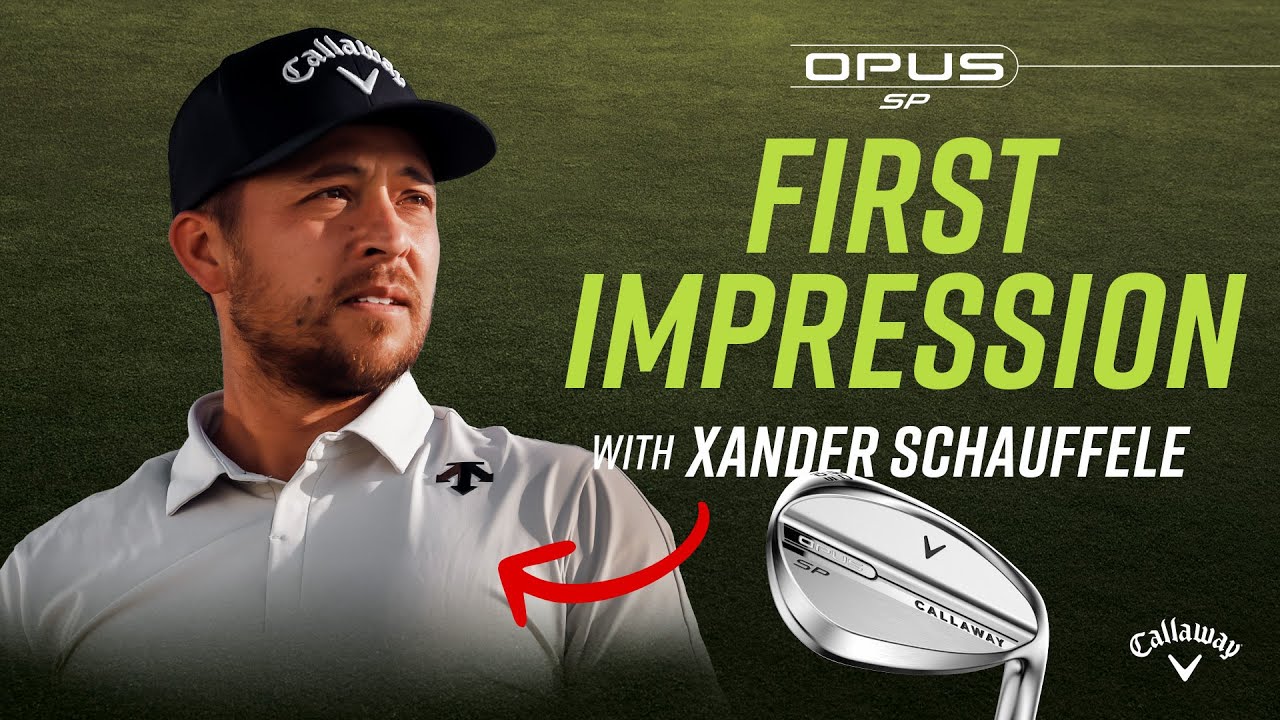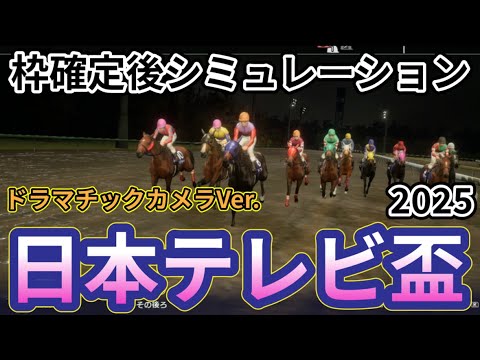2x Major Champion and 3x Ryder Cup member of Team USA, Xander Schauffele gives his first impressions of the new Opus SP wedges. Xander breaks down the two primary wedge grinds that he uses and showcases the different shots they’re most useful for.
Check out the new 2025 Elyte Family: https://www.callawaygolf.com/elyte-family
Subscribe to Callaway Golf https://www.youtube.com/@callawaygolf
————————————–
Shop the Chrome Golf Ball Family https://www.callawaygolf.com/chromefamily
Shop the Apex Family https://www.callawaygolf.com/apexfamily
Shop the OPUS Family of wedges https://www.callawaygolf.com/opus
Shop our Odyssey putters https://odyssey.callawaygolf.com/
CONNECT WITH US ON SOCIAL MEDIA:
https://www.facebook.com/callaway
Tweets by CallawayGolf
http://instagram.com/callawaygolf
[Music] Definitely getting a lot of spin with this added CG. One, it’ll feel better, but two, actually might come out a little bit spinny, which is kind of that miss you like to have. All right, Zannah, we’re greenside here somewhere where you make all your money. New choice or lose it. Preferably make it. Opus SP, our new wedges from Callaway. Sweet. Up here is a lot thicker. And the reason we were able to do that, it’s drawing the CG up. There’s a spin pocket behind this forge face and what it does is it raises the center of gravity a lot. I think you’ll notice when you get up to the back flange you can kind of see the thickness up there. So the idea is to in your scoring wedges we’re going to give you the most aggressive spin possible. I got so keeping the flight down the spin up and then as they get stronger and loft you know that changes because you don’t want your 50 flying head high and spinning. So, I got two bounc I got two bounces here for you cuz uh tell me like I often see in your bag you have more than a 60. So, so why do you do that? Uh this is actually not a terrible example. Uh just a little bit of little bit of this will get me to have a little bit more bounce. Guys will maybe use sand wedge, but those times where you feel like there’s a little bit more dig. Uh you know, it rained today, so ground’s a little bit soft. It’s a little bit grainy. Uh I think growing up on the west coast it was easy to have one wedge and it was all bent or pana or mainly bent I think is what we chipped off of. Maybe some kuya and very much ball first. You can kind of have this brushy motion and I think you know as you as I kind of migrated east uh the grass is a lot different. Bermuda you start to become a little bit steeper. So you just want a little bit of bounce relief uh when you’re kind of dropping that head on the ball. Yeah. So, are you you’re traveling with two 60s and you’re showing up and just basically gauging turf for that week and that dictates which is in play a a little bit. Yeah. Yeah. Cool. Well, let’s start with the uh which one you start with the start. Yeah. So, this would be your low bounce option off of this turf. Maybe not downwind, but hey, let’s put you hooker right off the bat. Yeah, why not? Let’s see. Let’s see what we can do here. Little off the toe. All right. So again, the idea with SP is just to create more green side spin when the club’s moving slower. Got it. Get that ball to stay on the face longer and then hopefully give you an extra, you know, maybe a couple extra shots that you can play around the greens when you’re trying to figure out how to get it up and down. That came off nice. There you go. All right. Tell me about shape of wedges. When you set them on the ground, what what’s the first thing your eye goes to when you look at a new wedge? Uh, probably leading edge. Yeah, I’d say the relationship between leading edge and um probably the the the huzzle. Mhm. Uh just because you kind of open the face up or at least I I rarely chip square, I’d say. And I have the face a little bit open. I just it needs to look kind of square, I guess. Yeah. A little bit rounded on the toe area. Um and on the on the top side as well. Mhit. I might have the best chance of going in. So into the X grind. X grind. A little more bounce. Correct. This would probably just based on the first contact probably the one I’d use off of this. Yeah. Just a little bit of forgiveness. Mish hit. It’s going to be fine. It’s going to be fine. One bushel, same amount. Tell me about feel and sound on wedges. Do you Is that something you look for or or try to hone in on when you’re choosing a new wedge? I I think so. I mean, feel feel is really big off. I think there’s times where like if you’re hitting out of the rough and I think the nice part about this one is just a little bit of juice up top here is uh when you come out of the rough it’s easy to hit high in the face and then sometimes you’ll get this like hollow feeling through and with this added beef up here raising the CG you might actually catch uh something coming out you know one it’ll feel better but two actually might come out a little bit spinny. Yeah. Which is kind of that miss you like to have. Go. Too much sauce. A little more grain here. That’s got some spin, too. Might as well. All right, Xander. We’re now in the bunker. Yep. Call it slightly shortsided, but everything’s running away. So, something where maybe spin could be your friend. Yep. We went back to the T grind for this shot. Let’s hit a couple there and see how that works in this hard packer. Yes. With it raining, uh, sand usually gets a little bit more compact. You, uh, typically like to favor less bounce. So, we’ll see how this thing goes through here. Yeah. Easy does it. There you go. What do you feel when you go to like a 6T versus the the X? The X. Yeah. So, if you just look at sort of how for me, I try to return as much bounce as possible. So, I’m kind of spanking the sand with the bottom side of the club. So, you can just kind of see how this is a pretty shallow go through, you know, versus there is sand in here, but it’s just after the rain, it’s so compact. So, typically, you know, you try to be as steep as possible. The uh the X is just got a little bit more bounce, so it might shoot the club. It feels like the club is going to reject off the sand a little bit more versus the T, it kind of slides straight through. Um, so you know, if I’m trying to hit a sort of a chunk and run shot with this X, it’s not too difficult. I just got to come down a little bit harder with it knowing that it’s going to bounce back up. Yeah. Very cool. That’s the sound. There we go. So, you can see the difference. And yeah, you know, the lower bounce is favoring a shallower through and through. With the X, I would just have to come a little bit steeper and I can, you know, not be afraid of the sand. Yeah. So, even for the people at home, it’s important to kind of know your technique because one of those bounces is going to fit your technique a lot better than the other. And then you may have to alter it based on, like I said, if chipping’s really hard everywhere else and you’re like okay with the bunkers, then you’re going to pick the wedge that’s easier to chip with. Unless you’re in bunkers all day. Yeah. All right. This is Opus SP. We’re designing spin into these things. So, let’s see if we can’t get one to dance up here. We’ll go a little further down the down the green. Almost into the wind. Probably a sand wedge. I mean, it’s not a bad shot. Not bad. I mean, almost take it. [Music]








1 Comment
I love my new X Grind!!! ⚙️